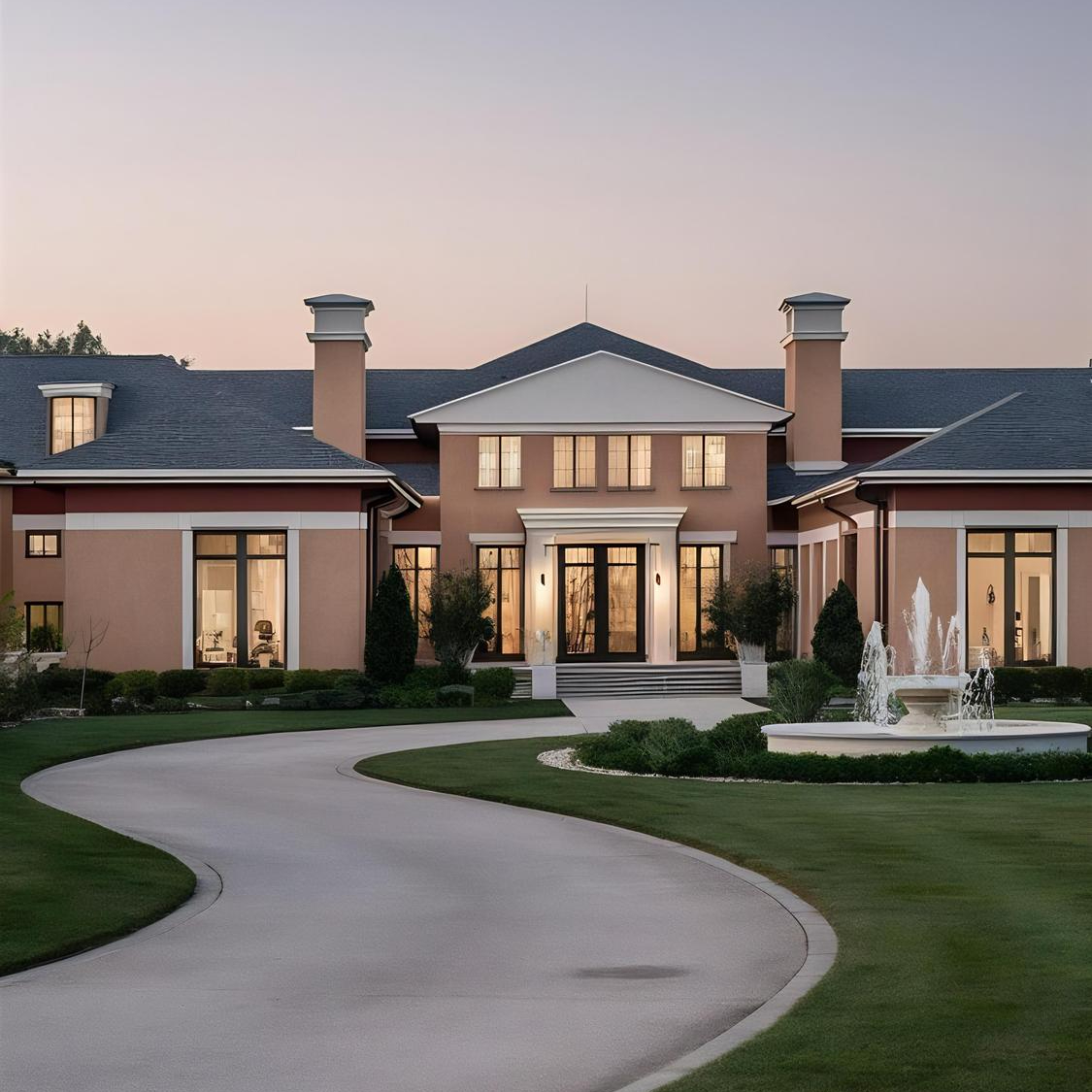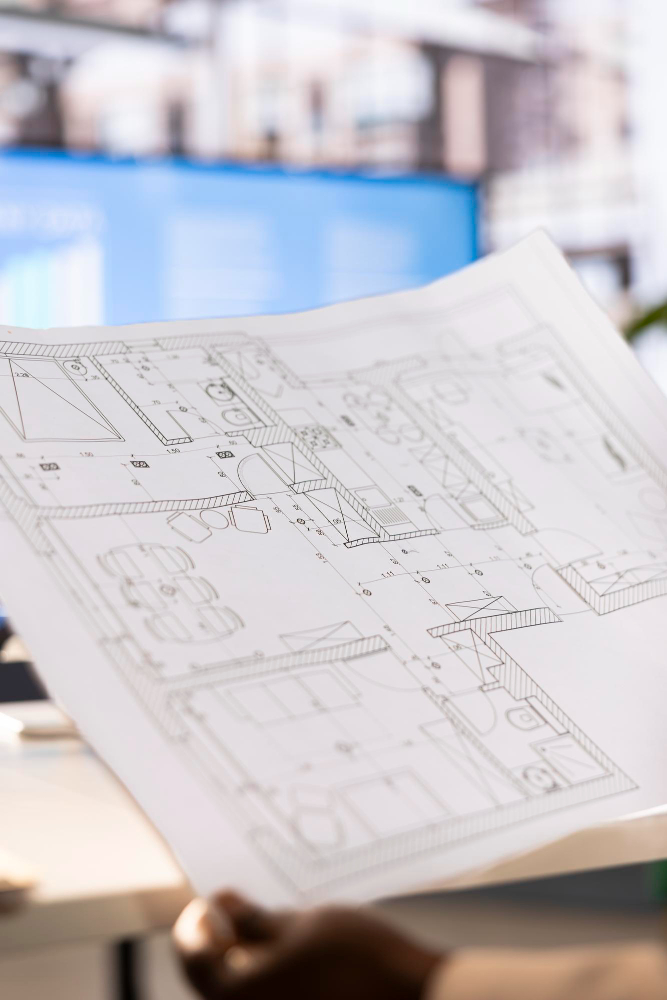By Brad Dulas
Over the last five years, Shenehon Company has had the opportunity to value several residential developments, including both single-family and multifamily residential dwellings, with significant construction defects. Construction defects to real property are often so complex that market participants rarely understand or fully appreciate the ramifications of such defects to the value of the defective property or neighboring properties. As a given property loses value, the property and neighboring properties become less desirable to potential buyers and investors, and the size of the pool of potential buyers shrinks, oftentimes, dramatically.
In the case of residential dwellings, a large percentage of market participants refuse to purchase homes with either existing or remediated construction defects. The small percentage of market participants with an interest in purchasing affected residential dwellings may be further limited due to the inability to secure mortgages or find other means of financing. The inability to secure financing would require a potential buyer to enter into an all-cash transaction, further depleting the potential pool of buyers. As a result, sellers of defective and damaged real property are often forced to offer significant discounts in sale price or other incentives to entice interested parties.
In many instances, owners may simply abandon the affected property. The abandonment of a property may have a detrimental effect on neighboring properties, resulting in a loss of value for other units in a development or neighboring properties simply by association. This loss of value has the potential to set the ripple effect in motion. As residential units decline in value, nearby commercial properties, including retail establishments, may experience a drop in overall business activity as well as revenue. Thus, the economic and social structures of an entire neighborhood have the potential to change relatively quickly; the direct result of a defective or damaged property in the area.
Neighborhoods blighted by abandoned buildings suffer from a variety of problems connected with commercial and residential structures that have fallen into disuse or disrepair. Although these issues are commonly associated with inner cities, the problems presented by abandoned buildings are not confined to urban areas. Issues often resulting from the abandonment of buildings include a decrease in property values, an increase in criminal activity, and a loss of neighborhood pride, vandalism and vagrancy. Blight and abandonment are akin to the broken windows theory, which suggests that a broken window, if left unrepaired, leads to others being broken and sends a clear signal that nobody cares.
Although neighborhood blight is not an objective condition, a blighted area, loosely defined, is an area that in its present condition and use, substantially impairs or reduces anticipated growth, stunts housing accommodations, constitutes an economic or social liability and/or is a menace to public health, safety or welfare. While neighborhood blight remains a subjective condition, the effects are quantifiable. According to a report published by the National Association of Home Builders, abandoned buildings in a neighborhood reduced the value of a standard new home in the same neighborhood by approximately $28,000. This reduction in value could be multiplied many times over based on the composition of the affected neighborhood.
STAY IN THE LOOP
Subscribe to our newsletter.
Explore More




